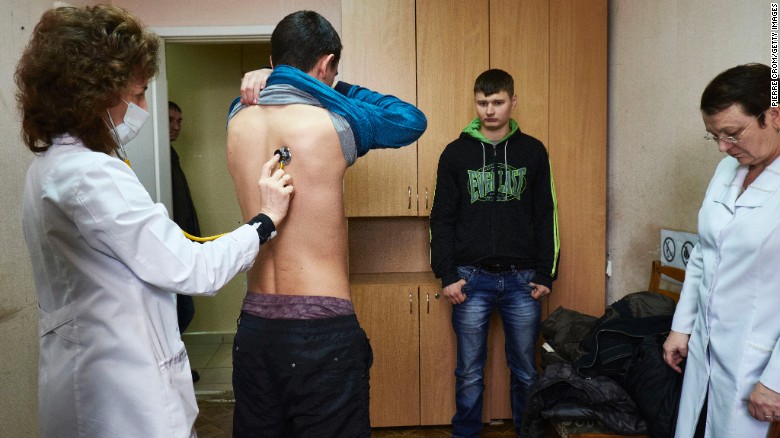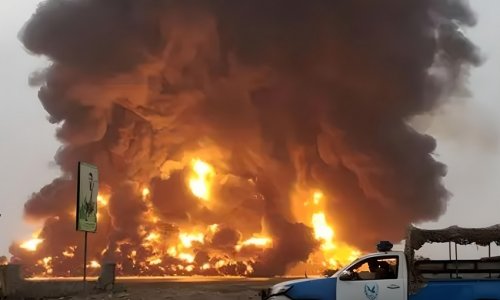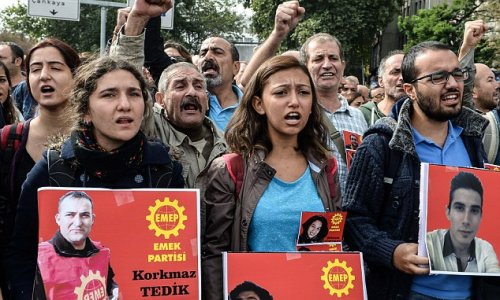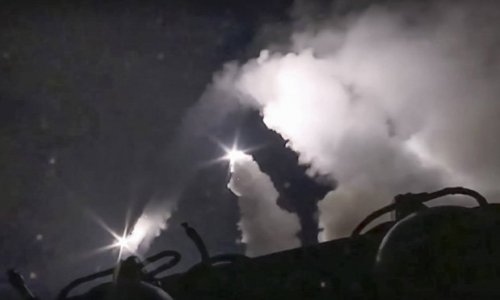It began as a dispute over a trade agreement, but it's mushroomed into the bloodiest conflict in Europe since the wars over the former Yugoslavia in the early 1990s.
As world leaders scramble to put a stop to the civil war in eastern Ukraine, explore the 12 days that have defined the conflict since violence first broke out in November 2013.
Protests begin in Kiev ...
November 21, 2013: After a year of insisting he would sign a landmark political and trade deal with the European Union, Ukrainian President Viktor Yanukovych suspends talks in the face of opposition from Russia, which has long opposed Ukraine forming closer ties with the EU. Tens of thousands of protesters hit the streets in the following days, highlighting the deep divide between the pro-European west and Yanukovych's power base in the pro-Russian east of Ukraine.
... then escalate ...
Violence that has been simmering for weeks bubbles over when a gunfight erupts between protesters and police in Maidan (Independence) Square in central Kiev, leaving around 100 people dead. Protesters say government snipers opened fire on them; Yanukovych's government blames opposition leaders for provoking the violence.
... and the Ukrainian president flees.
February 22, 2014: Yanukovych flees Kiev as his guards abandon the presidential compound. Thousands storm the grounds, marvelling at the lavish estate he left behind. Former Prime Minister (and Yanukovych adversary) Yulia Tymoshenko -- jailed in 2011 for "abuse of office" following a trial that was widely seen as politically motivated -- is released from prison and addresses pro-Western protesters in Maidan Square.
A week later, troops enter Crimea ...
March 1, 2014: Russian Parliament signs off on President Vladimir Putin's request to send military forces into Crimea, an autonomous region of southern Ukraine with strong Russian loyalties. Thousands of Russian-speaking troops wearing unmarked uniforms pour into the peninsula. Two weeks later, Russia completes its annexation of Crimea in a referendum that is slammed by Ukraine and most of the world as illegitimate.
... and soon Kiev starts cracking down in eastern Ukraine.
April 15, 2014: Kiev's government launches its first formal military action against the pro-Russian rebels who have seized government buildings in towns and cities across eastern Ukraine. Putin warns that Ukraine is on the "brink of civil war." Less than a month later, separatists in the eastern regions of Donetsk and Luhansk declare independence following unrecognized referendums.
In the spring, a new president takes power in Kiev ...
May 25, 2014: The "Chocolate King" Petro Poroshenko, a candy company magnate and one of the country's richest men, declares victory in Ukraine's presidential elections. Pro-Russian separatists are accused of preventing people from voting in the violence-wracked east of the country.
... and that contentious EU trade deal finally gets signed.
(CNN)
ANN.Az
Follow us !











